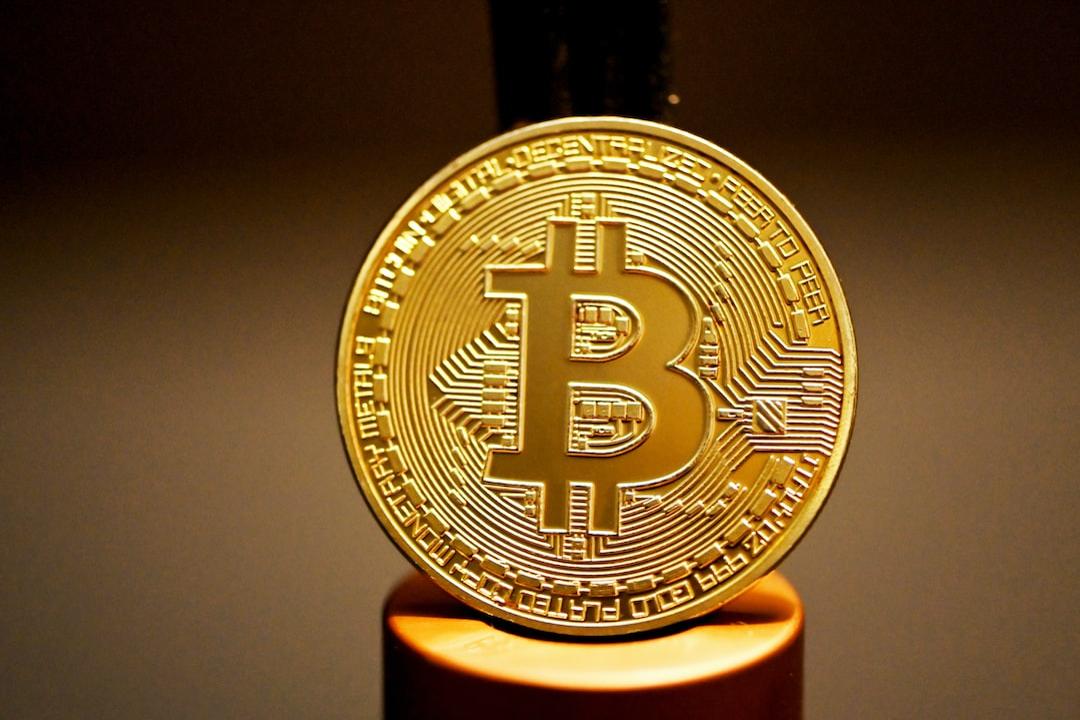Binance’s co-founder has addressed concerns regarding the exchange’s criteria for listing tokens, prompted by the volatile rise and fall of the Test (TST) token, which briefly reached a market capitalization of $500 million.
Most retail investors in the cryptocurrency market allocate their capital through centralized exchanges (CEXs) such as Binance and Coinbase, with tokens listed on CEXs receiving significant attention and high demand from investors.
According to Yi He, the co-founder of Binance, the most important criterion for listing a token is its return on investment (ROI), which is calculated by comparing its average price on the first day to its quarterly performance on other CEXs. In an interview published on February 10, He stated that Binance’s second benchmark is the project’s ability to bring innovation and new users to the industry, who may become dedicated blockchain users over time.
The third criterion, which focuses on “high-profile projects with significant market buzz and valuations,” examines the token’s performance on other major exchanges. He explained that if a token with strong technological appeal and market hype is not listed on Binance, the exchange risks losing market share. He added that these three standards allow Binance to cover a wide range of projects, including highly popular venture capital (VC) tokens, projects with strong long-term potential, and even meme coins that generate significant hype and wealth effects.
These clarifications from He came shortly after Changpeng Zhao, co-founder and former CEO of Binance, expressed that the Binance listing process is flawed due to the arbitrage opportunities used by decentralized exchange (DEX) traders, which led to poor performance shortly after the listing.
DEXs are typically used by advanced traders to identify emerging cryptocurrencies before they are listed on CEXs. This is often seen as a short-term buy signal for DEX traders, who then sell the token once it is listed, causing significant selling pressure.
Regarding insider trading and internal violations, Binance has implemented strict regulatory and internal compliance measures. He stated that Binance’s internal investigations have uncovered over 120 cases of misconduct, resulting in the dismissal of 60 employees. However, most of these violations were unrelated to insider trading. He noted that Binance strictly prohibits employees from engaging in trading activities. The most common issues involved accepting bribes or redirecting company wallet addresses to personal accounts. Legal action has been taken and reports have been filed for these cases, both domestically and internationally.
The concerns about Binance’s token listing criteria were sparked by the TST token, which was listed on Binance and gained attention as a meme token, despite originally being created as part of the BNB Chain’s tutorial.
According to CoinMarketCap data, the TST token briefly reached a peak market capitalization of $489 million on February 9, but has since fallen over 50% to the current value of $192 million.
The name of the TST token was briefly revealed in a tutorial video for the BNB Chain’s Four.Meme platform, solely for testing purposes.
Although Zhao clarified that the video was not an endorsement of the token, influencer communities in China started promoting it, leading to an increase in its market capitalization.

